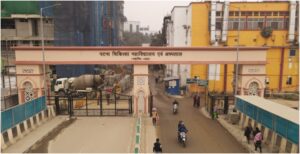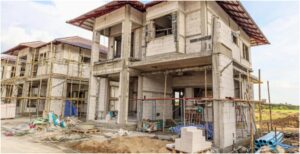Air Pollution Crisis in Patna: A Step Towards Clean Air with A- PAG’s Dispersed Sources Program
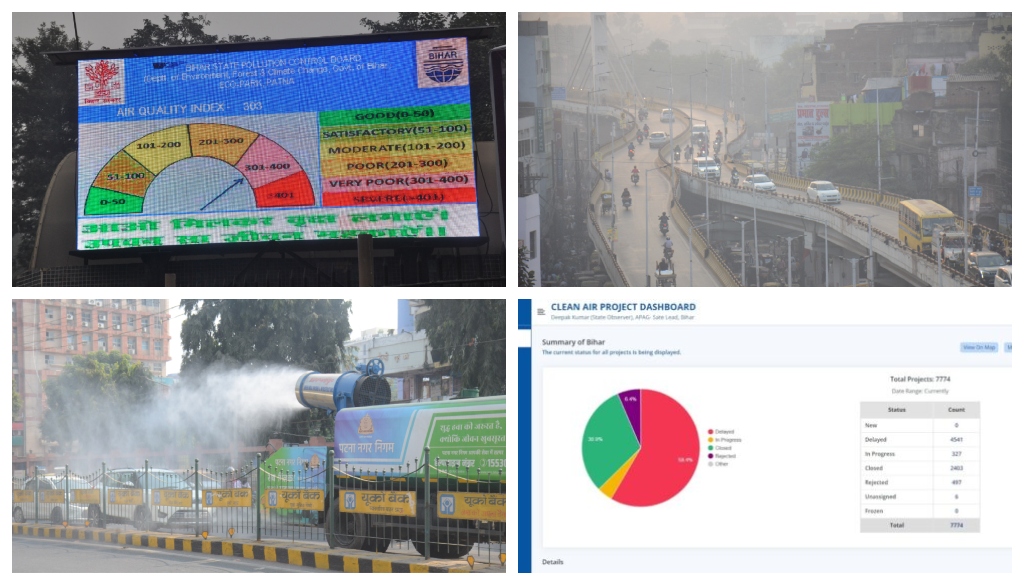
Representative Image
Patna: Patna, along with other cities in Bihar such as Gaya and Muzaffarpur, has been infamous for their severe air pollution, particularly during the winter months. The Air Quality Index (AQI) in these cities consistently dips into the poor to very severe categories for two to three months every year. The primary culprit behind this hazardous air quality is PM 2.5—fine particulate matter that can penetrate deep into the lungs, leading to serious health concerns such as cancer.
The impact of this pollution has left many residents deeply worried about their well-being. For instance, Chandan Chaudhary, a resident of Exhibition Road, voiced his fears for his young son, who has been suffering from a sore throat and persistent cough. “I feel scared, especially for my son. He keeps complaining about a sore throat and cough. Now, I am asking him not to play outside in the evening hours,” he shared, emphasizing that dust particles are the main pollutant in Patna, unlike Delhi, where vehicle emissions dominate.
Introduction of the Dispersed Sources Program
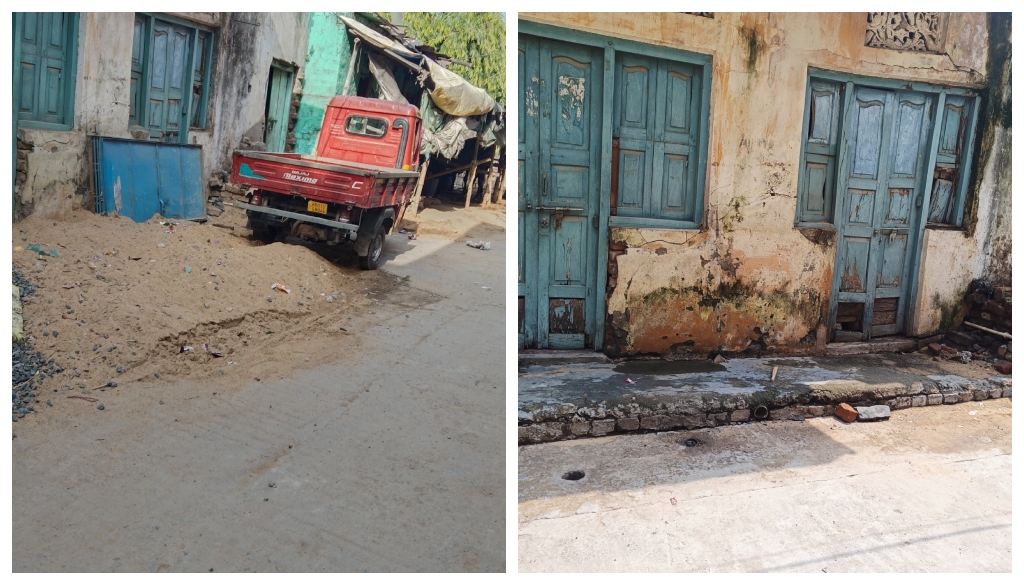
In response to the escalating air pollution crisis, the Air Pollution Action Group (A-PAG) introduced the Dispersed Sources Program (DSP) in Patna in March 2021. This initiative, developed in collaboration with the Bihar State Pollution Control Board (BSPCB), Patna Municipal Corporation, and the Road Construction Department, aims to tackle the dispersed sources of air pollution within the city. The program’s primary focus includes managing sources such as solid waste and biomass burning, construction-related dust, and road debris, which collectively contribute significantly to the city’s poor air quality.
Functionality and Implementation of the Clean Air Dashboard
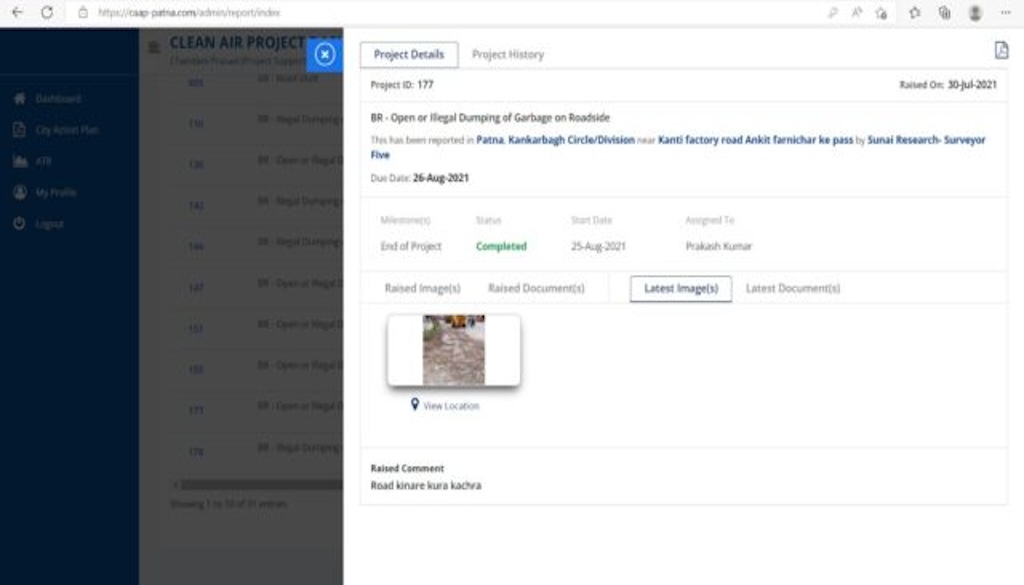
The Clean Air Dashboard is a web-based tool designed to monitor and track various sources of air pollution across Patna. Surveyors regularly log issues related to air pollution on this dashboard, which are then assigned to the relevant city or state officials responsible for addressing them. The dashboard allows mid-level officials, city managers, and revenue officers to collaborate effectively, with the added involvement of an A-PAG representative. For example, fines are imposed on individuals or companies engaged in illegal construction activities, which sends a strong message to deter such practices.
Tickets related to various sources of pollution are logged onto the dashboard, where they are automatically assigned to the appropriate officials. These officials are then responsible for addressing the issues and closing the tickets after compliance. The system is designed to provide senior city and state authorities with access to the status of these tickets, enabling them to monitor air pollution hotspots and devise localized strategies to combat the problem.
Challenges and Progress

The early stages of DSP implementation were not without challenges. Users’ unfamiliarity with the technology and the heavy workload of field-level personnel resulted in slow progress in resolving the logged issues. However, through persistent efforts, the A-PAG team in Bihar made significant updates to the dashboard, making it more user-friendly and efficient for field staff. The establishment of a structured review mechanism, including the appointment of nodal officers for sanitation and construction, has been crucial in improving project implementation and ensuring accountability.
High-level meetings, such as those held by the District Level Implementation Committee (DLIC), have been instrumental in driving the program forward. Regular reviews by the Chief Secretary and Principal Secretary of the Urban Development and Housing Department have further accelerated the program’s functionality. The BSPCB has also played a key role by communicating with municipal corporations to expedite the program’s implementation. These efforts have led to an 84% rate of good quality resolutions in Patna by June 2024.
Current Status and Ongoing Efforts
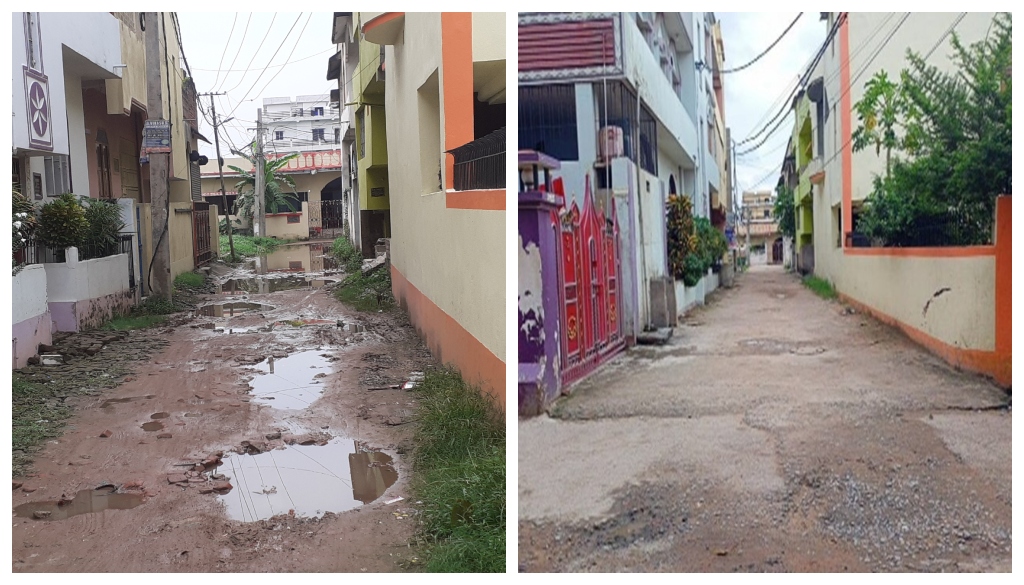
As of now, 155 users from various departments, including the Patna Municipal Corporation, Road Construction Department, and other key agencies, are integrated into the dashboard. These users have undergone training to manage the Clean Air Dashboard effectively and ensure timely resolution of issues. Among the most frequently raised issues are “Khule me Malba” (open dumping of debris) and “Sadak/Khule me Kachra” (roadside garbage), which account for 29% and 26% of the total, respectively. On the other hand, issues related to “Kachra/Plastic/Biomass Jalana” (burning of waste) and “Kacchi Sadak” (unpaved roads) are less common, making up less than 1% of the total.
While sanitation-related issues are being resolved at a satisfactory rate of around 80%, construction-related issues, particularly “Road par Gaddhe” (potholes on roads), have a lower resolution rate of 41%. To date, over 30,000 issues have been identified on the dashboard, with more than 23,000 successfully resolved.
The Dispersed Sources Program of A- PAG continues to be a crucial tool in Patna’s fight against air pollution, offering a systematic approach to monitoring, reporting, and resolving pollution-related issues across the city.




